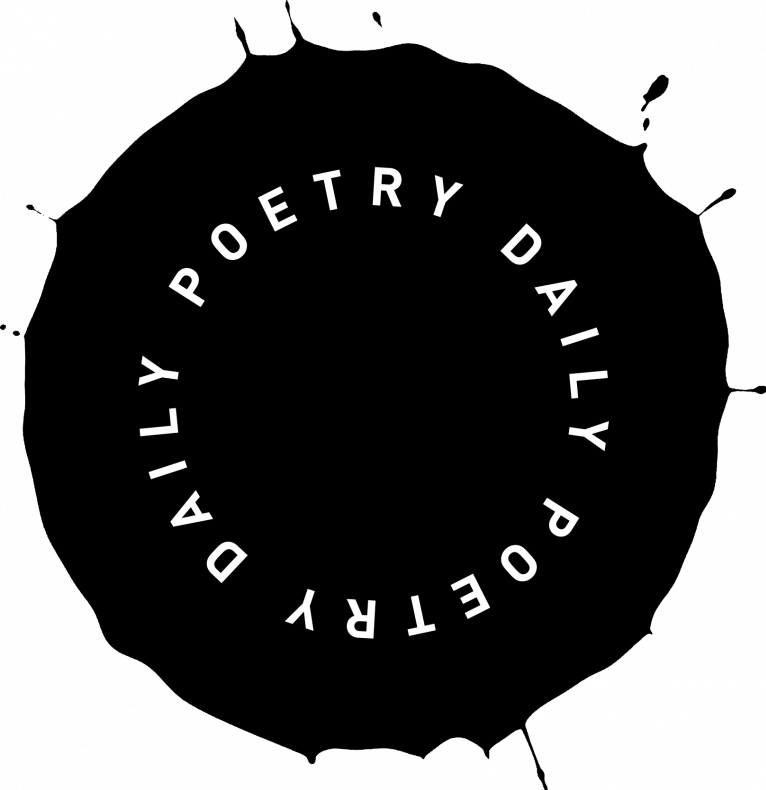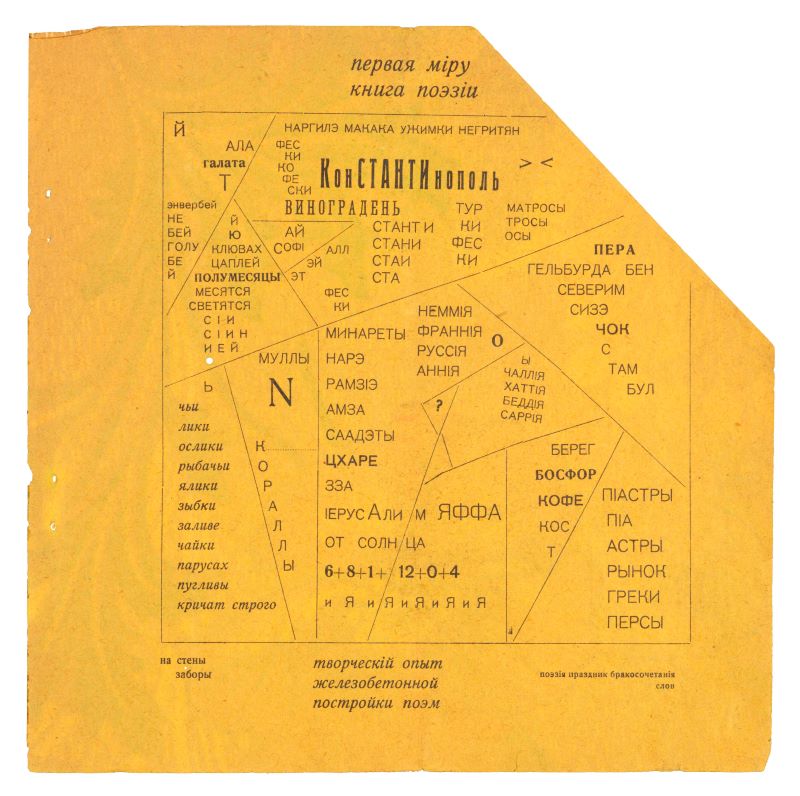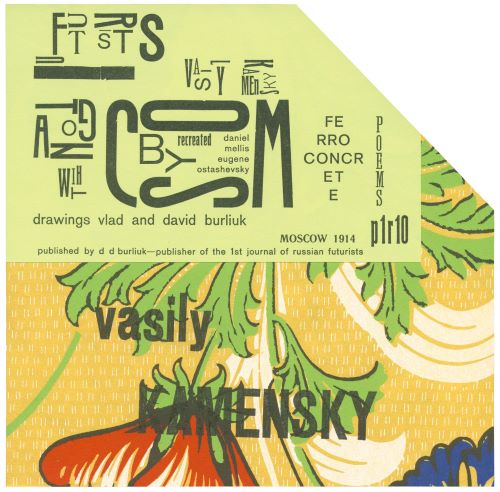Constantinople
Feature Date
- September 19, 2022
Series
- Translation, What Sparks Poetry
Selected By
Share This Poem
Print This Poem
“Constantinople” from TANGO WITH COWS: TRANSLATION, FACSIMILE, AND COMMENTARY: by Vasily Kamensky, translated by Eugene Ostashevsky, typography by Daniel Mellis.
Published by Editions 42°.
English Copyright © Eugene Ostashevsky and Daniel Mellis.
All rights reserved.
Reproduced by Poetry Daily with permission.

Vasily Kamensky, 1884-1961, was a Russian Futurist poet. After taking part in the first exhibits and publications of the Russian avant-garde, he acquired a pilot’s license and a Blériot monoplane, which he proceeded to crash during a show flight in 1912. A companion of David Burliuk and Vladimir Mayakovsky for their Futurist tour of the provinces of the Russian Empire (1913-1914), Kamensky published a collection of typographic visual poems which resembled Cubist paintings (Tango with Cows, 1914). In the second half of the 1910s, he toured, performed in the circus, and managed the short-lived Poets’ Café in Moscow. Adroitly transitioning to Soviet literature, Kamensky composed popular novels and exciting memoirs of his Futurist youth; he avoided the repressions that swept away many of his colleagues to spend the last two decades of his life paralyzed by illness.

Una Ostashevsky
Eugene Ostashevsky is a poet and translator. His most recent collection, The Feeling Sonnets, analyzes the relationship between emotions and non-native language. His previous book, The Pirate Who Does Not Know the Value of Pi, discusses the challenges of communication between pirates and parrots. His many translations of experimental literature in Russian include OBERIU: An Anthology of Russian Absurdism and Alexander Vvedensky’s An Invitation for Me to Think.
Daniel Mellis makes artist’s books and other text based art on such topics as the poetry of philosophy, the phenomenology of space, the built environment, and the law. Experimental letterpress and offset printing underpins much of his work. It has been shown internationally, including at the Gagosian Gallery in New York, and is in many collections nationwide, including Yale, Northwestern, the University of Chicago, the Cary Collection at RIT, the Newberry Library, and the Joan Flasch Collection at the School of the Art Institute.
Tango with Cows: Translation, Facsimile, and Commentary—a collaboration between Daniel Mellis and Eugene Ostashevsky and published by Editions 42°—is an attempt to give the English speaker access to not only the language of the original, but also its typography, design, and materiality. Every detail has been analyzed and recreated as closely as possible, from the color and texture of the wallpaper to the slight imperfections of its printed letterforms. A facsimile of the original held by the Getty Research Institute and an extensive commentary volume with a portfolio of facsimiles completes the edition.
The text has been superbly translated by Ostashevsky, an award-winning translator of the Russian avant-garde. The translation skillfully renders Kamensky’s Russian Futurist wordplay while working within the typographic constraints of the original. Its typography was recreated in English using Latin versions of the original Cyrillic typefaces. It was printed by letterpress to shed the monotonous perfection and uniformity of digital output and thereby to contain all of the subtle variations of texture and appearance of the original printing process. The wallpaper was also carefully remade using five-color screen-printing on custom-made Japanese paper, and the binding replicated. The facsimile was also bound as was the original.
The commentary contextualizes the typography, culture, and poetics of Tango with Cows with two essays by Ostashevsky, one by Mellis, a foreword by noted scholar Johanna Drucker, and five appendices. It is lavishly illustrated with well over 350 color images, seven tipped-on overlays, a double gatefold, and a miniature volvelle.
Poetry Daily Depends on You
With your support, we make reading the best contemporary poetry a treasured daily experience. Consider a contribution today.






